Some animals of China include the giant panda (Ailuropoda melanoleuca), golden pheasant (Chrysolophus pictus), and Chinese giant salamander (Andrias davidianus). China is one of the most megadiverse countries globally, hosting over 500 animal species, with 100 endemic to the country. Let’s explore some of these fascinating Chinese animals.


The giant panda is endemic to China and is the national animal, widely recognized worldwide. Since 1961, it has been the symbol of the World Wildlife Fund, representing successful conservation efforts, as its population has increased in recent decades.
Recommended reading: Is the giant panda still endangered?
Also see: Giant panda habitat and fun facts

The golden pheasant is a galliform bird measuring just over one meter, with about a third of that length being its tail. It features striking golden feathers on its head.
Recommended reading: Galliformes — classification and characteristics

The Chinese giant salamander is the largest salamander species worldwide, reaching nearly two meters in length, making it one of the longest amphibians globally. It is endemic to China, inhabiting mountainous underwater caves and cold river crevices. It lays between 400 and 500 eggs per breeding cycle.
Recommended reading: Are salamanders poisonous?
Salamanders vs geckos
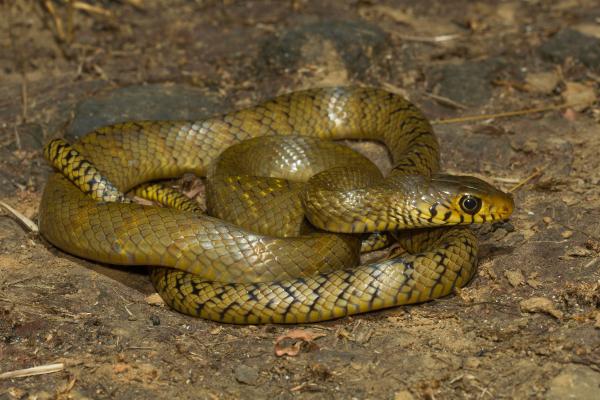
Ptyas mucosa is a nearly 2-meter-long snake found in China. Its color varies from pale brown in dry areas to darker shades in humid zones. It is part of the Chinese zodiac and culturally significant, with many snake-shaped ornaments believed to protect homes.
Recommended reading: Snake curiosities
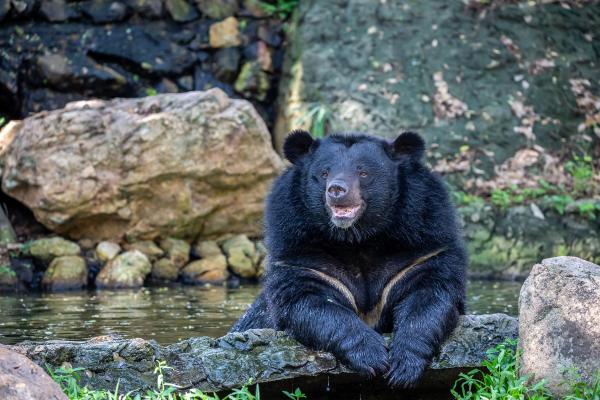
The Asiatic black bear is a bear species measuring almost 2 meters tall and weighing up to 300 kg. It is omnivorous. When threatened by humans, it can become aggressive, with reported attacks on people.
Recommended reading: Types of bears
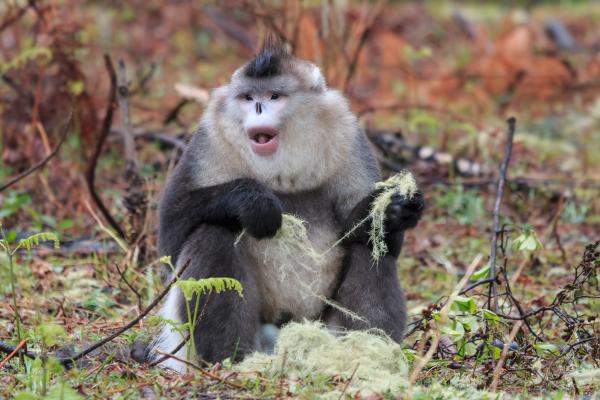
Also called Yunnan snub-nosed monkey or black leaf monkey, this primate can reach 80 cm (excluding tail). It inhabits southwestern China's mountains at altitudes between 3,000 and 4,500 meters, making it one of the highest-living primates. Seasonal food availability changes; in cold seasons, it feeds mainly on lichens and buds, while in warm seasons, it eats leaves, buds, and fruits.
Recommended reading: What are primates and their types?

An Asian softshell turtle species weighing nearly 130 kg, living up to 100 years. Known for its soft shell as the name indicates. It is currently between vulnerable and critically endangered.
Recommended reading: Endangered turtles
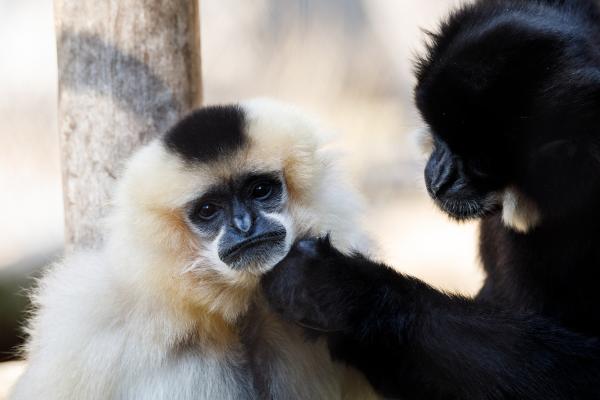
The Hainan gibbon is critically endangered, with fewer than 50 individuals remaining due to hunting. Known for elaborate dawn duets where pairs coordinate vocal calls to strengthen bonds and defend territory.
Recommended reading: Endangered monkeys
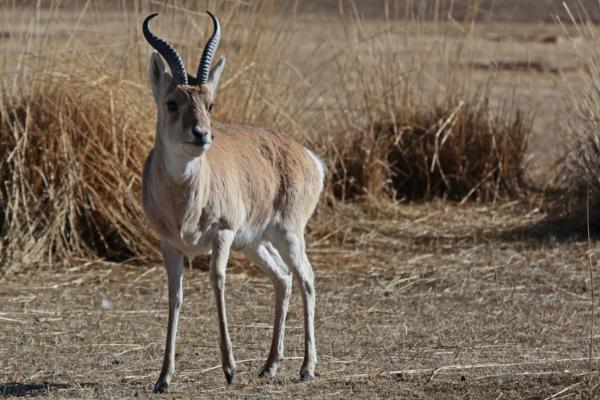
An endemic Asian gazelle species with a drastically reduced population of fewer than 250 individuals near Qinghai Lake. Non-migratory with a significantly reduced habitat. Feeds on grasses in warm seasons and lichens and mosses in cold seasons, showing adaptation to harsh environments.
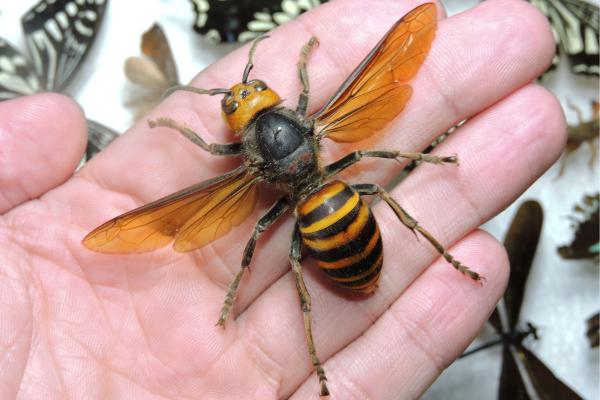
A dangerous insect in China with a 6-mm-long sting delivering potent venom containing various neurotoxins, potentially fatal to humans.
Recommended reading: Asian giant hornet and related species

Highly venomous, it can spray venom (cobratoxin) up to two meters, causing tissue necrosis.
Recommended reading: World's most venomous snakes

Also called the giant tarantula or bird spider. Despite its name, it mainly feeds on insects and small animals. Not venomous to humans but can bite if threatened.
Recommended reading: The world's largest spider

A 20-cm-long centipede living in humid environments. Valued for supposed medicinal properties. Bites can cause vomiting, pain, and weakness.
Recommended reading: What are myriapods?
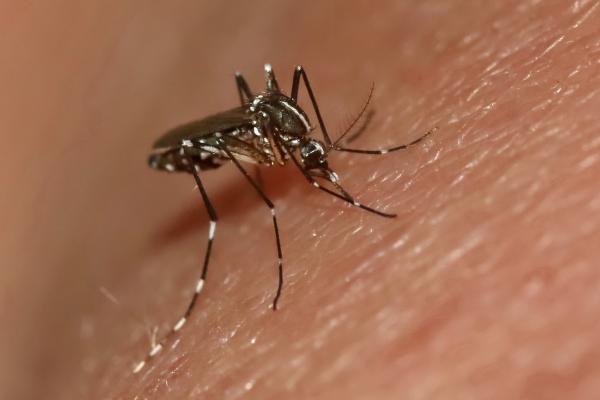
One of China’s most dangerous insects, transmitting serious viruses like Zika, West Nile, and dengue. Characteristic black body with white stripes.
Recommended reading: Types of mosquitoes
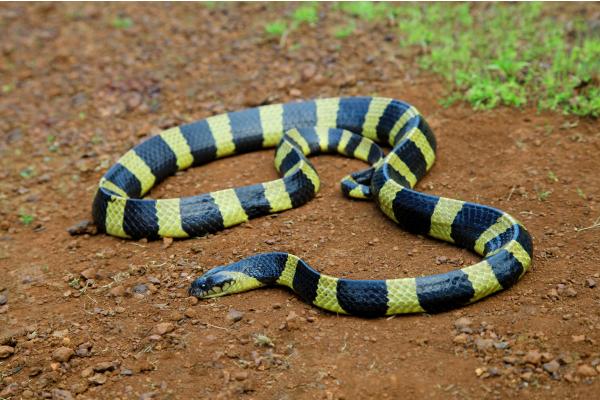
A venomous snake with bright yellow-green body and black bands, over 2 meters long, found in Southeast Asia and southern China.

A rare deer species severely endangered due to habitat loss. About 60 cm tall, notable for saber-like canine teeth.
Recommended reading: Deer vs stag differences
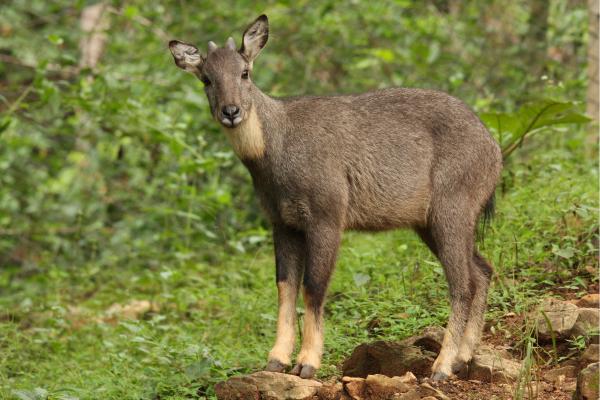
A goat-antelope species resembling a small deer or goat, gray in color, living in forests or fields. Up to 60 cm tall, lifespan about 17 years.
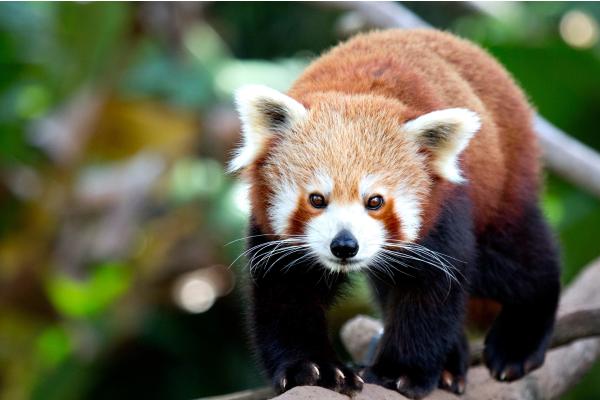
Also known as the lesser panda, a small carnivorous mammal with reddish-brown fur and a distinctive face. About 60 cm long and 6 kg in weight. Despite its name, it is unrelated to the giant panda. Lives in southern China’s mountainous forests.
Recommended reading: Red panda curiosities and conservation status

Found mainly in China, Korea, and Japan, it feeds in rice fields and is often hunted as a pest by farmers. Its population has declined but increased in China recently. It perches in pine trees, with pale pink plumage, red face and legs, long black slightly curved bill, and crest-like feathers behind the neck.
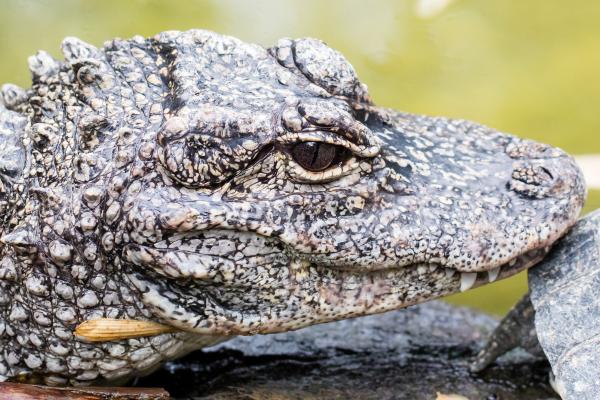
A reptile similar to the American alligator, feeding on fish and insects. Critically endangered in the wild but breeds well in captivity under good care.
Recommended reading: Endangered reptiles
Some endangered animals include:
Chinese giant salamander (Andrias davidianus)
Giant panda (Ailuropoda melanoleuca)
Przewalski’s gazelle (Procapra przewalskii)
Yak (Bos mutus)
Takin (Budorcas taxicolor)
Tufted deer (Elaphodus cephalophus)
Chinese alligator (Alligator sinensis)
For more, see our article on China’s flora and fauna.
animal tags: Chinese Animals
We created this article in conjunction with AI technology, then made sure it was fact-checked and edited by a Animals Top editor.